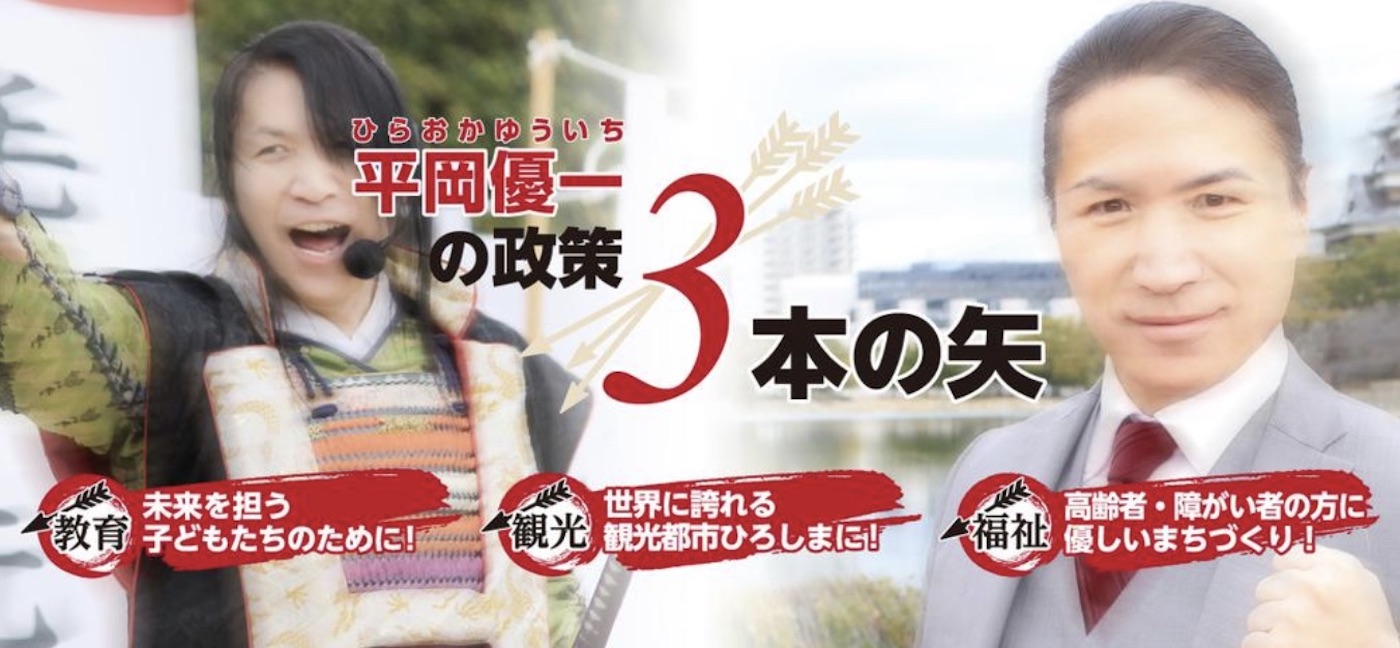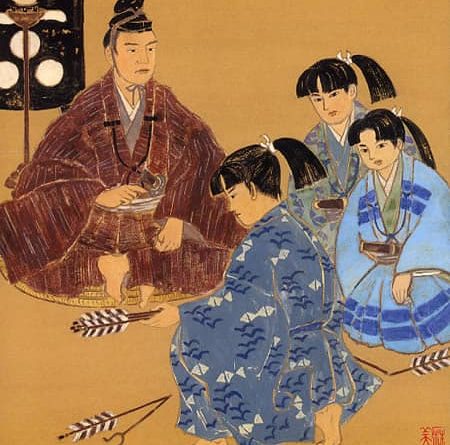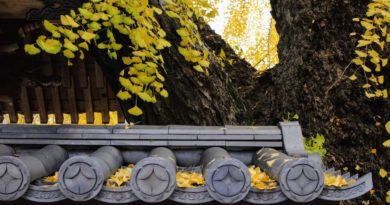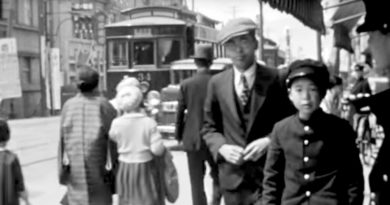The Legend Of The Three Arrows
The legend of the three arrows is a, most likely apocryphal, story about the sengoku era daimyo of the Chugoku region Mōri Motonari.
In hope of encouraging three of his sons, Mōri Takamoto, Kikkawa Motoharu, and Kobayakawa Takakage, to work together for the benefit of the Mōri clan. Mōri is said to have handed each of his sons an arrow and asked each snap it. After each snapped his arrow, Motonari produced three arrows and asked his sons to snap all three at once. When they were unable to do so, Motonari explained that one arrow could be broken easily, but three arrows held together could not.
It is a lesson that is still taught today in Japanese schools and the legend is believed to have been a source of inspiration for Akira Kurosawa when writing his samurai epic Ran.
.
Mōri Motonari is understandably a big deal here in Hiroshima. He even inspired the city’s own samurai idol troupe. The founder of the troupe, Hiraoka Yuichi, is doing more than playing dress-up to follow in the footsteps of the great samurai leader; he is now an elected city council member.
It will come as little surprise that Hiraoka has used the legend of the three arrows in his own campaigning. The poster below describes his “3-arrow strategy” to build a better Hiroshima based on education, tourism and welfare.

Hiroshima’s local soccer team, multiple J League champions Sanfrecce Hiroshima also named for the three arrows (in French) and the team’s main training facilities are located in the birthplace of Mōri Motonari, the town of Yoshida in rural Akitakata in the north of Hiroshima Prefecture.





